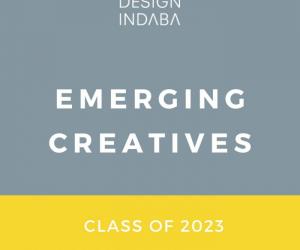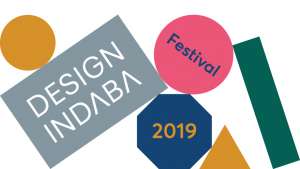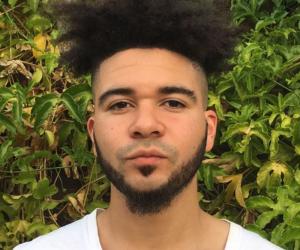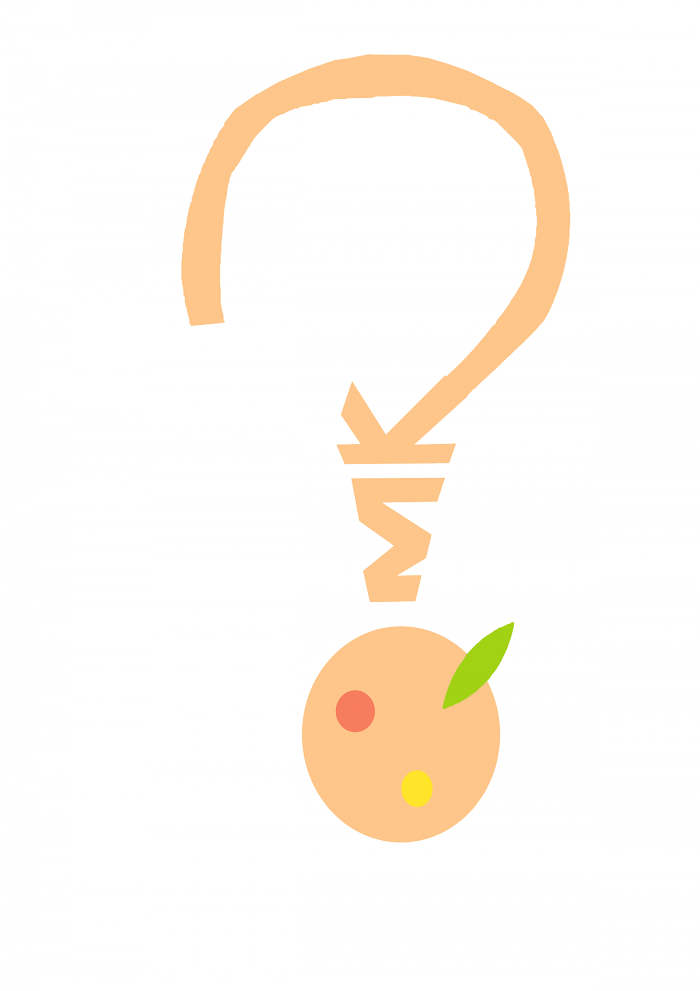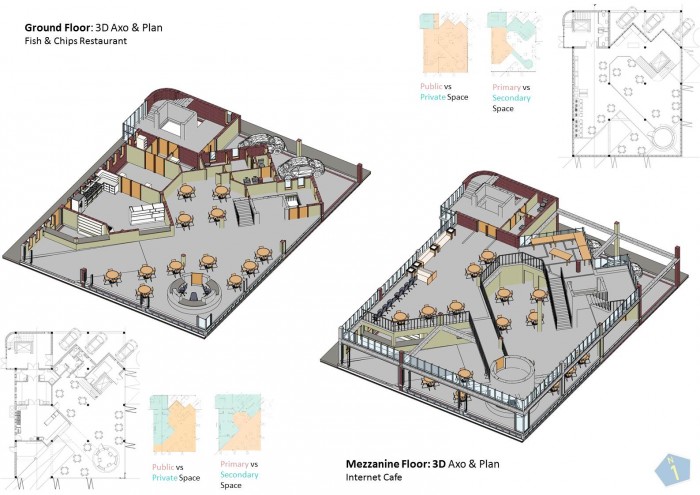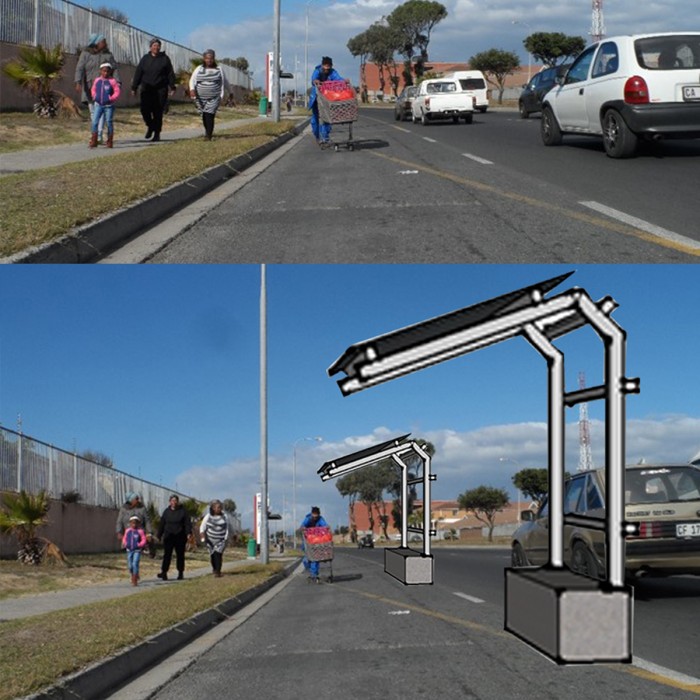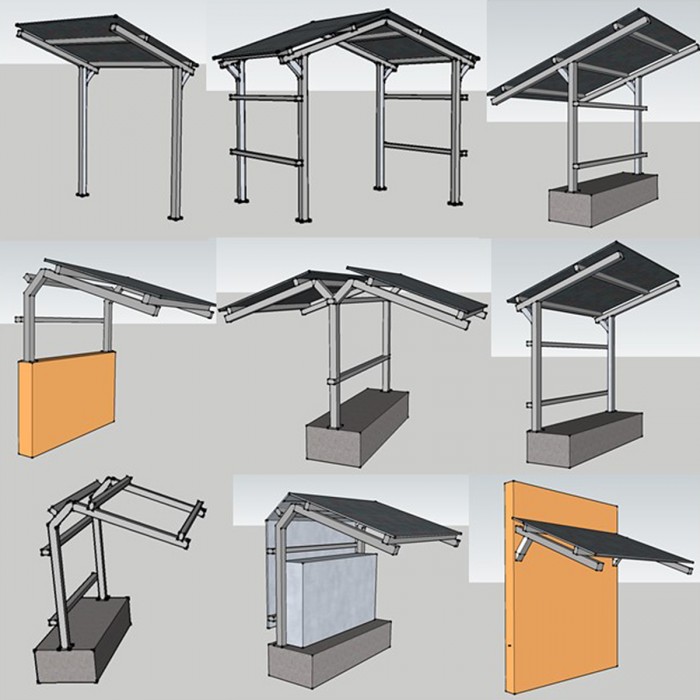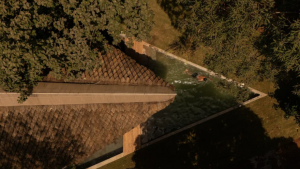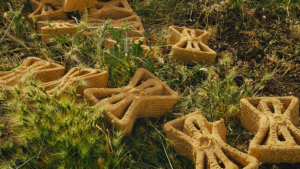Part of the Project
From the Series
Max-Gordon Stoffberg uses his experience in architecure to explore multifunctional spaces in South African townships. He has also developed an online platform for creatives to network and collaborate. His work is under the umbrella of one common goal: To empower people.
“I have a willingness to reach out to the marginalised in society. I believe everyone has equal potential power and everyone has unique gifts & talents. However, due to environmental circumstances many South African youth do not live to their potential,” says Stoffberg.
This is especially true for people born in the Cape Flats. The piece of land is where the previous, racially oppressive Apartheid governement forcibly dumped people of colour in a series of forced removals. Today, poverty, gangsterism and drugs are rife on the Cape Flats. But there are also vastly creative people who only lack resources.
Stoffberg co-founded online platform Question Mark Kaffy with musician Maestro Zen with those struggles in mind. The two wanted to create a digital hub for South African creatives as a place where they could promote their work and collaborate with other artists.
“Our website offers a free profile which will positively enable youth to contribute to growing a collective creative cultural identity of Cape Town,” he explains. The website has been up and running since 2016 and hosts a number of musicians, graphic designers and artists.
Stoffberg was first inspired to start Question Mark Kaffy after he collaborated with co-founder Zen on a book, called Inner Child/grownUp World. According to Stoffberg, the book deals with overcoming circumstance through self-discovery.
The book sparked the idea for what the website is now. “Promoting togetherness is what Question Mark Kaffy is about. “It’s about interconnectedness and about us as South Africans coming together,” he says.
Most of the people who visit the website are students from various universities in Cape Town and specifically from the art departments. But Stoffberg and Zen also want to bridge that gap between privileged students and those who don’t have access to schooling.
“Even if people do not have the right resources they can still choose to make something out of themselves,” says Stoffberg.
When it comes to expanding Question Mark Kaffy in the future, Stoffberg wants it to be seen as a space of learning, entertainment and inspiration in Cape Town and specifically the Cape Flats.
He also wants the website to act as a digital database and an information-sharing system that directs you to places where you can uplift and empower yourself. “Our goal is to change people’s perception of the Cape Flats and influence a positive shift in cultural behaviour.”
When he is not working on Question Mark Kaffy he is completing his Master's degree in philosophy, with a thesis topic of “Can Cape Flats youth overcome (environmental) circumstance by using their (personal) potential?”
In his research, he wants to uncover the creative ability in the Cape Flats. “I want to establish whether or not they could be harnessed for alternative means of economic empowerment in excluded environments of the Cape Flats. Once I graduate I want to further my architecture studies,” he explains.
Before stepping into that role, Stoffberg also studied architecture at the University of Cape Town, which is still used in his work today as he looks at the struggle people of colour face.
“In the past architecture and spatial design were used to segregate people. In this way I believe the same tools of architecture and spatial design can be used to reconnect people,” he says.
This thought process is something Stoffberg uses throughout his work. A project that he has been working on is a concept for a multifunctional serviced space that could be developed for poorer communities in the city of Cape Town where he is based.
In this, Stoffberg wants to create a space where people will be able to sell goods, food and host other services. He wants these spaces to be constructed in places that are often neglected by the government like Mitchells Plain and Khayelitsha.
These are spaces that have poor service delivery, people have to travel beyond their areas for jobs and services needed. Stoffberg wants to change this.
In his designs, Stoffberg showcases that each space will hold a multifunctional steel structure. “The multifunctioning modular structure promotes positive pedestrian activity by creating opportunities for people to invest in other forms of transport, like walking, jogging, skating, cycling,” he explains.
Adding: “The idea behind it (besides the services mentioned) is that since it is a modular structure, teaching and guidance could be given to people on how to build these structures.”
Stoffberg exhibited parts of the structure at the Design Indaba Conference as part of the Emerging Creatives programme, where he also showcased the inspiration behind Question Mark Kaffy, his book with Zen, Inner Child/grown Up.
Applications for the 2019 Design Indaba Emerging Creatives programme are now open and will close 30 October 2019.
If you are interested in showcasing your portfolio or know anyone whom you think deserves a place, please apply here: APPLY NOW!
Read more:
7 Interior designers that should be on your radar
Tandekile Mkize on unafraid self-expression using film, photography and fashion
Zinhle Zulu’s graphic novel is the story of Nandipha, the protector of the Zulu Kingdom

